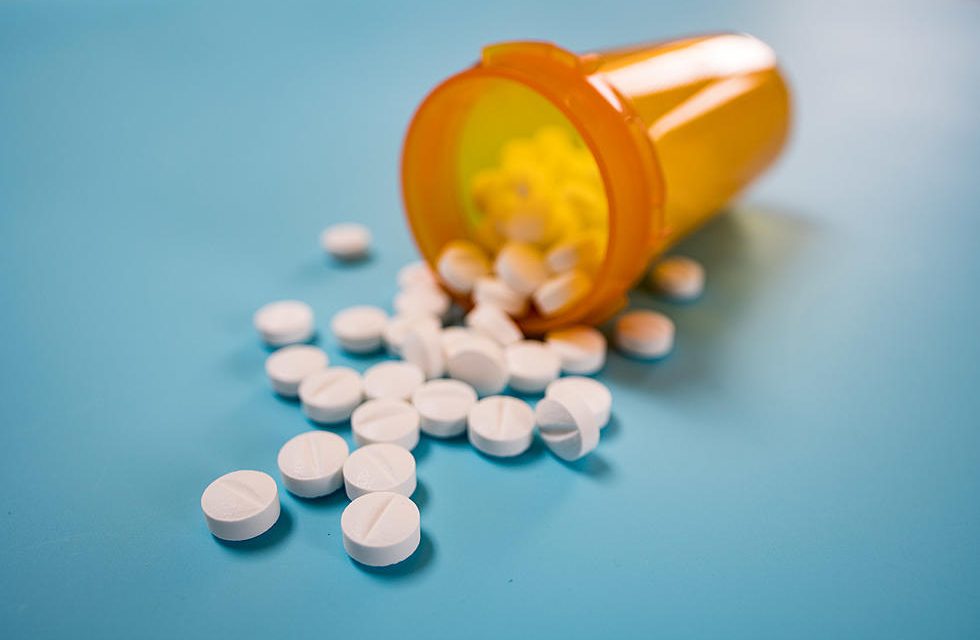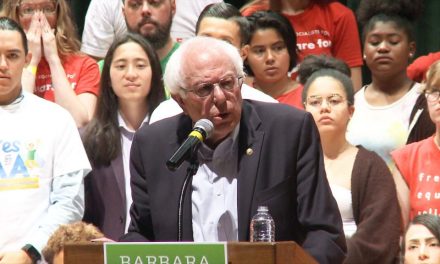Imagine if every day an American passenger jet was shot down by Mexican terrorists. What would we do about it?
The American fentanyl crisis deepened during the coronavirus pandemic. From 2019 to 2021, fatal overdoses surged 94 percent, and an estimated 196 Americans are now dying each day from the drug — the equivalent of a fully loaded Boeing 757-200 crashing and killing everyone on board.
We don’t call the people responsible “terrorists.” Instead, we call them “drug cartels.”
The DEA said it is now taking direct aim at the Mexican cartels and the fentanyl epidemic. DEA Administrator Anne Milgram acknowledged that the government remained too focused on heroin at the onset of the crisis, as Mexican traffickers ramped up production of synthetic opioids…
…San Diego is ground zero for fentanyl trafficking into the United States. More than half of all the fentanyl seized along the southern border is confiscated there, much of it produced in clandestine drug labs and pressed into tablets by cartel networks in northern Mexico. Drug loads that cross the border undetected go to stash houses in Los Angeles and Phoenix before spreading eastward across the country. In Southern California, the cartels are renting Airbnbs to store drugs before shipping them across the country…
…When the U.S. government cracked down on the U.S. opioid industry starting in 2005, it choked off street supplies of prescription narcotics but left behind a ravenous market. Mexican cartels filled it, first with crude heroin, then fentanyl. The cartels imported drugs and chemicals from China, hired chemists and purchased pill presses.
Everyone should know that the problem originates will the widespread prescription of opioid painkillers beginning in the 1990’s. This created a ravenous demand for opioids which was quickly filled by heroin and now by fentanyl. Our government’s corruption, negligence and just plain poor decision making created an almost infinitely lucrative market which makes the death merchants so wealthy and powerful that they can buy cops, judges and politicians, and intimidate anyone who remains in their way.
In 2015, Trump tapped into something when he focused on crime and drugs originating in Mexico, as countless parents who have buried their children before and since well understood. Unfortunately, his solution, building a wall, was not just useless but resulted in a misallocation of resources and served as a giant distraction. It’s one reason why the problem grew immensely worse on his watch.
Honestly, though, there’s plenty of blame to go around, including from the Clinton, Bush and Obama administrations.
The beginning point for dealing with this is to do everything possible to reduce demand by preventing people from using opioids in the first place. Pain management is a tricky issue, and many people undoubtedly need opioids. But prescribing opioids should be a last resort, and unfortunately for the convenience of people who need the drugs, it should be highly regulated and monitored. Kids in school should be inundated with factual information about how opioids work, how they are sold, how they cause addiction, and how quickly and often they will kill. This isn’t reefer madness hype. Opioids are the leading cause of death for Americans aged 18-49.
Treatment for opioid addiction is expensive and tragically low in its long-term effectiveness. But if it is sustained it does often work, and it’s not only the humane way to deal with the problem, it also serves to reduce demand. We need to explore best practices and invest in them.
There’s an argument that many of the policies advocated by progressives, including better access to health care, child care, and a stronger safety net in general can mitigate some of the pressure and despair people feel, and reduce the appeal of numbing drugs. I believe the antitrust enforcement I’ve long advocated is critical to revitalizing the economies of many dying small town and rural communities, and therefore can be a key component of an anti-opioid strategy.
But that still leaves these cartels that are directly killing a planeload of Americans every single day. I don’t necessarily see a reason to believe that interdiction efforts that have failed throughout the decades-long War on Drugs are suddenly start being effective. That said, there’s a reason fentanyl is manufactured in Mexico instead of, say, suburban St. Louis. Even with the added challenge and expense of importing the drugs over the border, it makes sense to operate out of Mexico because its governments are weaker and easier to corrupt and intimidate. I don’t think this problem will solve itself, so perhaps America needs to show some willingness to invest in Mexico’s institutions.
Of course, that’s tricky on every level. It’s a hard political sell at home, and it’s hard sell for Mexican politicians, too. There are historically freighted issues of sovereignty and imperialism, and there are nightmare scenarios for metrics and accountability.
Yet, the average Mexican does not like these cartels or the violence and corruption they create. They don’t like being too weak to stand up to them. All I know is that money talks and bullshit walks, and as long as the cartels have more money to throw around than the Mexican government, there is no way this situation can possibly improve. Obviously, building a wall or disrupting good/routine cross-boarder commerce is not the solution.
In any case, I’m not going to pretend that I’ve found some magic cure here. It’s a horror show that produces only unhappy endings. On a personal level, I advise you to not take opioids unless you can’t endure the pain for one more moment. Make sure you don’t let anyone steal pills you’ve been prescribed, and dispose of any that we you don’t need. I can’t think of a worse fate in life than being dependent on opioids. Don’t let it happen to you.







